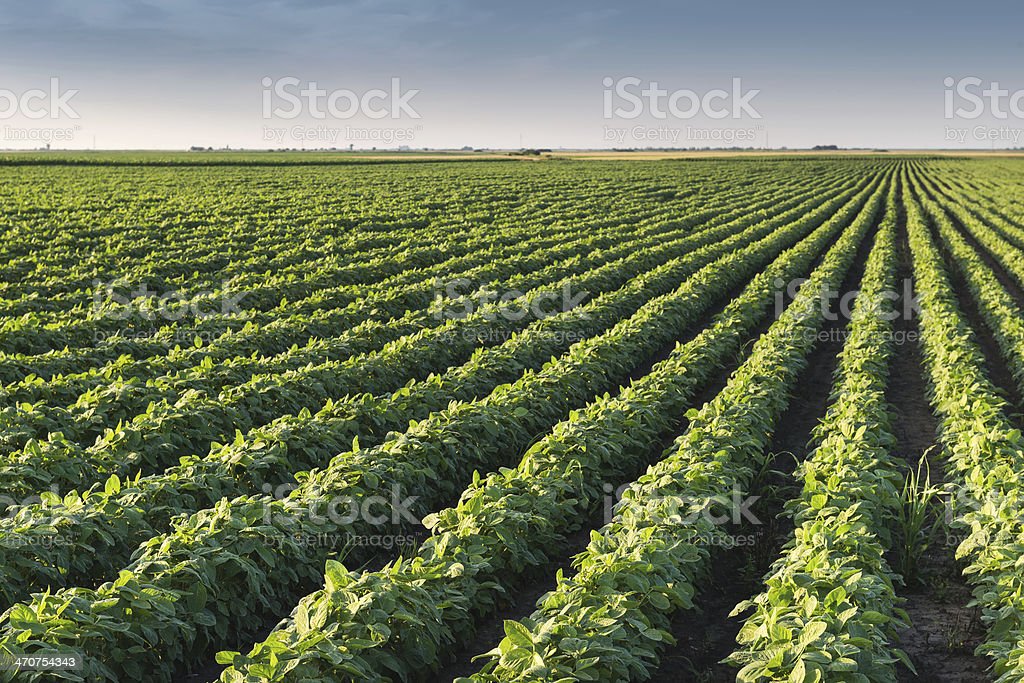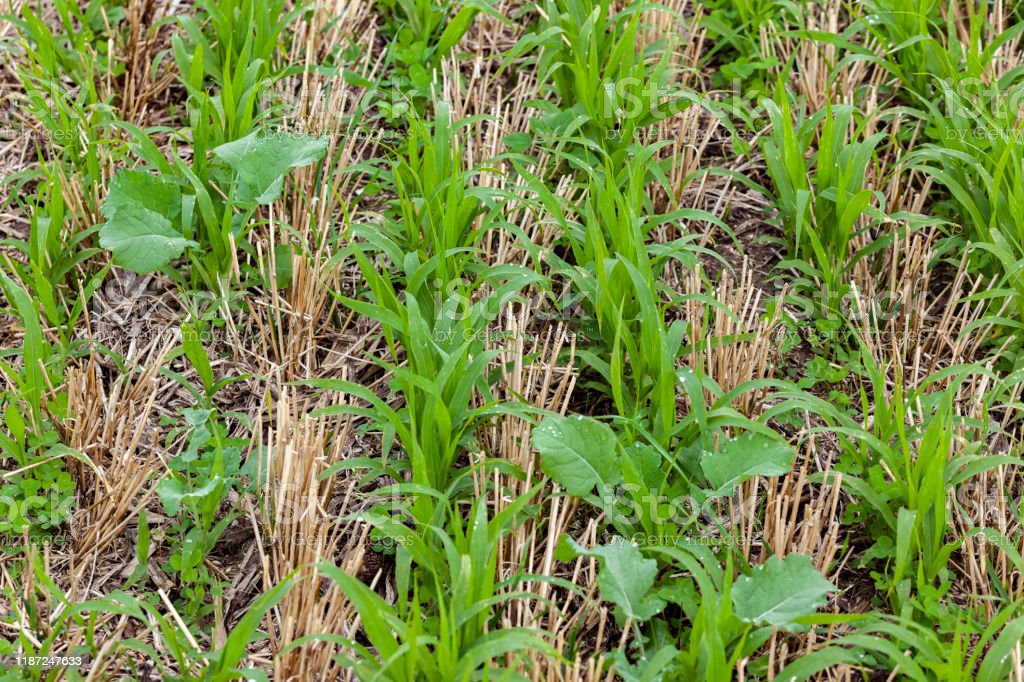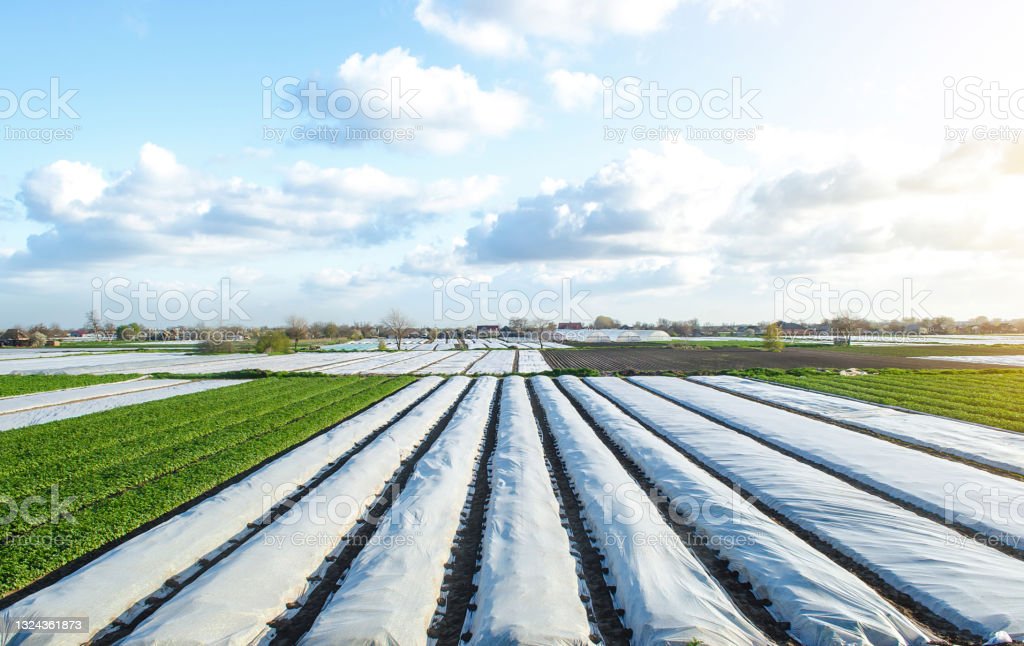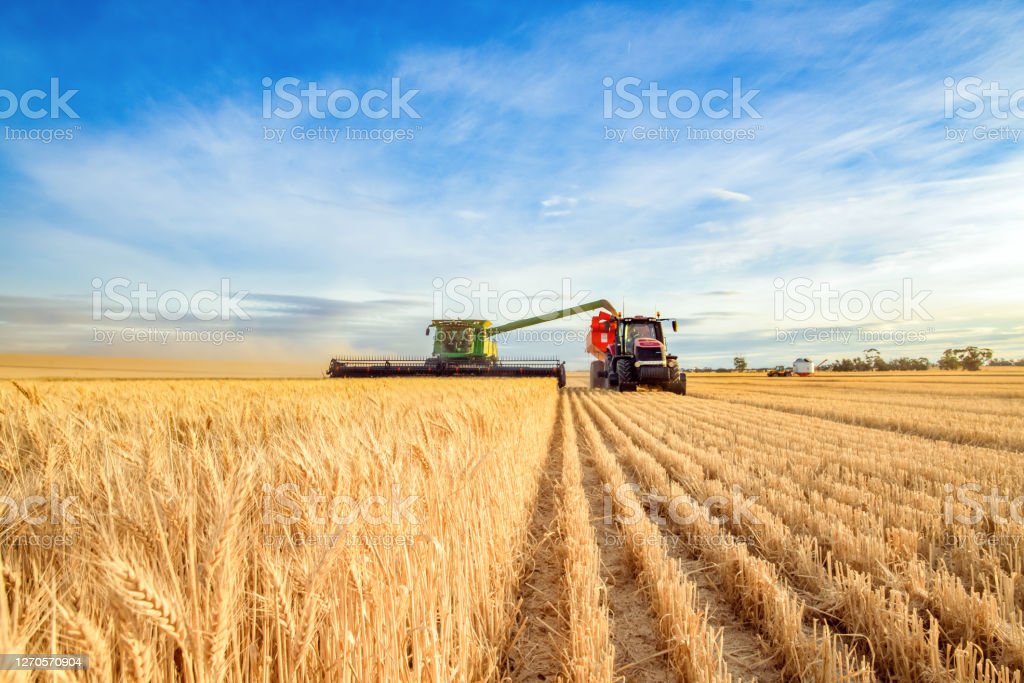What is Crop Cover?
Introduction

In agriculture, the word “crop cover” refers to any type of plant matter, whether alive or dead, that covers the soil surface in between crops. In order to prevent soil erosion, maintain soil moisture, control weed growth, and increase soil fertility, crop cover is a crucial part of sustainable agriculture. I can witness to the significance of comprehending crop cover and its part in promoting sustainable farming methods as an authority in the field of agriculture.
I’ll give a thorough explanation of crop cover in this blog post, along with its advantages, difficulties, and management strategies. The article will discuss several kinds of crop cover, such as organic, synthetic, and mixed crop cover, as well as their significance to agriculture. I will also go through the advantages of crop cover, such as the preservation of the soil, the prevention of pests and diseases, the preservation of water, the improvement of crop output, and the financial gains for farmers.
Overall, this blog article will give readers a thorough understanding of crop cover, its significance in sustainable agriculture, and management strategies for it.
What is Crop Cover?

Any plant material, living or dead, that covers the soil surface in between crops is referred to as crop cover. Natural vegetation, such grasses or legumes, can serve as crop cover, as can crops grown artificially as cover crops or for purposes other than harvesting, like green manure. The term “mixed crop cover” describes a mixture of organic and synthetic cover crops.
It is impossible to exaggerate the value of crop cover to agriculture. Crop cover serves to shield the soil from erosion brought on by wind and water, lowering the possibility of soil degradation and nutrient loss. Moreover, it aids in soil moisture conservation by stopping water evaporation from the soil surface and lowering the requirement for irrigation. Moreover, crop cover can improve soil fertility by adding organic matter and fixing nitrogen in the soil, lowering the demand for pesticides, and suppressing the growth of weeds.
Types of crop cover
Crop cover comes in a variety of forms, including natural crop cover, synthetic crop cover, and mixed crop cover. Natural crop cover is the term for the unmanaged vegetation, such as weeds, grasses, and legumes, that grows on unused land or in between crops. Crops deliberately cultivated for the purpose of providing cover, such rye, clover, or vetch, are examples of artificial crop cover. A combination of natural and artificial crop cover is referred to as mixed crop cover.
Natural crop cover

The fertility and health of the soil can both benefit from natural crop cover in different ways. Legumes, for instance, are able to fix atmospheric nitrogen, increasing soil fertility and lowering the requirement for artificial nitrogen fertilisers. Grasses can help to improve soil structure and prevent soil erosion. But, it’s crucial to carefully manage and regulate natural crop cover because it can also host pests and illnesses.
Synthetic crop cover

Synthetic crop cover, like cover crops or green manure, can also have a positive impact on the fertility and health of the soil. Cover crops can enhance soil structure, reduce weed development, and boost soil organic matter. By incorporating organic matter and nutrients into the soil, green manure, which entails cultivating crops expressly to be tilled into the soil, can also significantly improve soil fertility.
Mixed crop cover
In order to provide a wide variety of plant species and benefits to soil health and fertility, mixed crop cover incorporates the advantages of both natural and artificial crop cover
In end, crop cover is a crucial part of sustainable agriculture and offers several advantages to the fertility, production, and health of the soil. For farmers and other stakeholders involved in promoting sustainable agriculture, it is essential to comprehend the many types of crop cover, as well as its advantages and disadvantages.
Benefits of crop cover

Crop cover supports agriculture in many ways, from preserving soil health to boosting crop yields. Crop cover has several significant advantages, such as:
Soil conservation: Crop cover serves to prevent soil erosion brought on by wind and water, lowering the possibility of nutrient loss and soil degradation. In locations with heavy rainfall or wind, this is especially crucial.
Pest and disease control: By interfering with pests’ and diseases’ life cycles and removing their habitats, crop cover can help to decrease the prevalence of pests and illnesses. Beneficial insects and birds that aid in pest management can find refuge under cover crops and mixed crop cover.
Water conservation: By lowering soil surface evaporation and boosting water infiltration into the soil, crop cover aids in soil moisture conservation. This lessens the need for irrigation, especially when there are scarce water supplies.
Increased crop yield: By enhancing the health and fertility of the soil, limiting weed growth, and decreasing soil compaction, crop cover can boost crop yields. The requirement for synthetic fertilisers can be diminished by using cover crops and mixed crop covers to supply the soil with nitrogen and other nutrients.
Reduction in the need for synthetic inputs: By offering natural nutrient supplies and controlling weed development, crop cover can lessen the demand for synthetic inputs like fertilisers and herbicides.
Economic benefits for farmers: By lowering input costs, increasing crop yields, and presenting potential for diversification and value-added goods, crop cover can help farmers economically.
In summary, crop cover improves agriculture in a variety of ways, from preserving soil health to boosting crop yields and lowering input costs. These advantages are crucial for promoting sustainable farming practises and reducing the effects of climate change. Farmers can improve soil health and productivity while also making a contribution to a more sustainable agricultural system by being aware of the advantages of crop cover and putting the right management techniques into practise.
Challenges of crop cover

Although crop cover has many advantages for agriculture, there are also drawbacks that farmers and other stakeholders must take into account. The following are some of the major obstacles to crop cover:
Competing with commercial crops: For water, nutrients, and sunlight, crop cover faces off against cash crops. If not managed properly, this may result in lower profitability and yield reductions. To prevent competition with cash crops, it is crucial to carefully examine the timing, duration, and selection of crop cover.
Management: To guarantee that crop cover delivers the expected benefits without having unforeseen negative effects, rigorous management is necessary. This entails choosing the right cover crops, managing cover crop termination, and eradicating pests and illnesses linked to organic crop cover.
Costs: Establishing and maintaining crop cover can be expensive, especially if green manure or artificial cover crops are used. For small-scale farmers or people with few resources, this may be a hurdle to adoption.
Harboring pests and diseases: Pests and illnesses can find a home in crop cover, especially if it is not managed properly. This may raise the possibility of crop damage and lower production.
Climate variability: Cropland performance can be impacted by climate fluctuation, especially in regions with scarce water supplies. In dry conditions, cover crops would need additional irrigation, which can be expensive and lessen the economic advantages of crop cover.
In conclusion, crop cover poses a number of difficulties that should be properly taken into account while promoting sustainable agriculture. Farmers may maximise the advantages of crop cover while reducing the risks by being aware of these issues and putting effective management tactics into practise. In order to prevent crop cover from competing with cash crops, this may entail choosing the right cover crops, regulating cover crop termination, and carefully planning the timing and length of crop cover. Although crop cover has some drawbacks, the advantages to soil fertility, production, and health make it a crucial part of sustainable agriculture.
Strategies for successful crop cover management

Farmers and other stakeholders can employ a number of ways to maximise the advantages of crop cover and reduce its drawbacks. Among the most effective crop cover management techniques are:
Careful selection of cover crops: Based on the requirements of their specific crops, soil type, and regional climate, farmers should choose cover crops with consideration. The ability of cover crops to fix nitrogen, their capacity to suppress weeds, and their resistance to pests and diseases should all be taken into account when choosing a crop.
Careful management of cover crops: To ensure that cover crops deliver the expected advantages without having unanticipated negative effects, proper management is necessary. To avoid competition with cash crops and lower the danger of pest and disease outbreaks, this involves properly terminating cover crops.
Proper timing of crop cover: The success of crop cover depends on when it is applied. To avoid competing with cash crops and to give the cover crops enough time to grow before the winter or dry season, farmers should carefully choose when to plant cover crops.
Integration of cover crops with other practices: To optimise the advantages of crop cover and reduce the dangers, farmers should combine cover crops with other sustainable techniques including conservation tillage, crop rotations, and integrated pest control.
Education and outreach: Programs for education and outreach can give farmers and other stakeholders the knowledge and skills they need to put effective crop cover management techniques into practise while also assisting them in understanding the advantages and difficulties of crop cover.
In conclusion, careful crop selection, appropriate management and timing, integration with other sustainable measures, and education and outreach to farmers and other stakeholders are necessary for successful crop cover management. Farmers may improve soil health, lower input costs, boost crop yields, and contribute to a more sustainable agricultural system by using these measures.
Conclusion
In conclusion, crop cover plays a significant role in sustainable agriculture and offers a number of benefits for soil fertility, productivity, and health. In order to stop soil erosion, manage weed development, fix nitrogen, enhance soil structure, and increase the soil’s capacity to retain water, it involves the use of cover crops. While encouraging sustainable agriculture, crop cover has many benefits but also some disadvantages that should be carefully examined. Conflict with income crops, inadequate management, high costs, the existence of pests and diseases, and climate change are a few of these challenges. Yet, these issues can be resolved by putting the appropriate management approaches into place, such as cautious cover crop selection and management, timing, integration with other sustainable practises, and education and outreach to farmers and other stakeholders. By putting these tactics into practise, farmers may increase the advantages of crop cover while lowering the dangers, leading to more resilient and effective agricultural systems. To support soil health, biodiversity, and food security, it is crucial to keep advocating and implementing the use of crop cover in agriculture.
